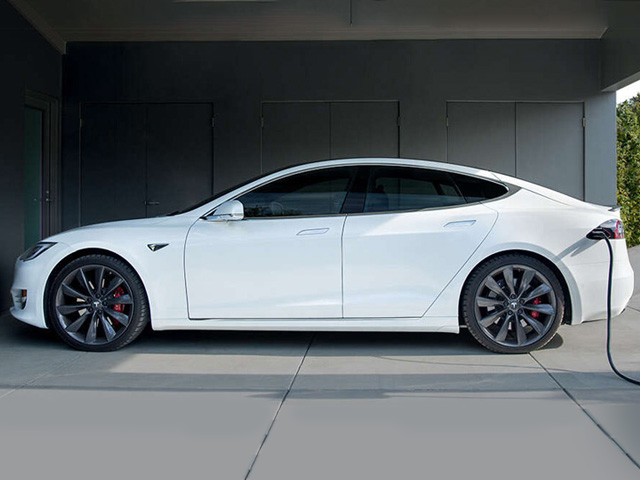Electric vehicles, environmentally friendly

The idea of electric vehicles dates back to the middle of the 19th century, but we all know that just recently some models of EVs are introduced that can really compete with their fellow combustion colleagues. An EV (Electric Vehicle) today includes a wide range of technological advances to be prepared for the future while striving to keep the lowest footprint in the environment. Well go over with the features of these interesting cars.
Despite the fact that the electric car has almost always been the subject of the automotive industry debates, the Tesla Model 3 may be considered the first electric vehicle for the mainstream market. This car, which was launched in 2016 at a price of $ 35,000, promised 350km of speed range. Of course, at present many of the big names in the automotive industry have introduced their electric models.
With more than a century of experience in the automotive industry, as well as the range of hybrid products that are already on the streets of many countries around the world, it can be assured that the process of adopting electric vehicles will accelerate considerably.
How does electric vehicle work?
Driving electric cars is mostly similar to petrol-based or diesel vehicles. EVs have an energy source, a drive unit and a gearbox for moving forward or backward. On top of these components, there are the passenger and luggage compartments.
Electric car batteries are fitted to the car’s floor due to their huge size. Not only does it provide a flat space for the deployment of batteries, but it also helps to lower the vehicle’s center of gravity and greatly improves its durability. Although the weight of the batteries in cars such as the Tesla’s Model S or Model X is more than two tons, these cars offer decent handling due to the position of their heavy batteries.

Also, since there is no transmission tunnel in the middle of the car, there will be much more space for passengers, which will increase the comfort of the passengers.
Is driving EVs different?
The most significant difference between cars with an internal combustion engine and electric vehicles during the daily driving is the use of a regenerative braking system in the latter. Whenever you take your foot off the accelerator, this system captures the kinetic energy generated by the car’s forward motion and then converts it into electricity that can be used to recharge batteries. Of course, EVs still have a brake pedal, but due to extra retardation that is produced by the regenerative system, you can use it less often.
In fact, companies like Nissan introduce their EV models as cars that you can drive with just one pedal. Of course, the Nissan Leaf also has a brake pedal, but it doesn’t need to be used very often because electric cars slow down far more abruptly when you lift off the accelerator. When driving an electric vehicle, lifting off the accelerator a little, reduces the speed; if you lift further or fully off the pedal, it will cause the car’s brake lights come on and your electric vehicle to stand. You will only need brake pedal in emergencies, when coming to a complete halt, or when driving on a cold morning that the battery and the regenerative system is not yet warmed up.
Why electricity?
There are many reasons to use EVs, but perhaps the biggest and most important is to reduce emissions. Of course, it can not be claimed that the electric vehicle will eliminate all emissions because there are still pollutant processes like automobile production, and also the production of the electricity it runs on, but certainly using electric vehicles will have an unimaginable impact on the protection of the environment.
On the other hand, the use of a regenerative system in an electric vehicle will significantly reduce the need for replacing brake pads and discs. Also, driving with these cars is easy and super-quiet, and they all have an automatic gearbox. Also, the removal of a flammable fuel will make electric cars more secure even in crashes.

The hybrid vehicles are intermediate between conventional combustion engines and electric vehicles. It can be said that hybrid models get people and society ready for a faster move toward real EVs. Naturally, the use of electric cars requires specific social infrastructures, but it’s definitely the time for taking seriously the use of these environmentally friendly options.


